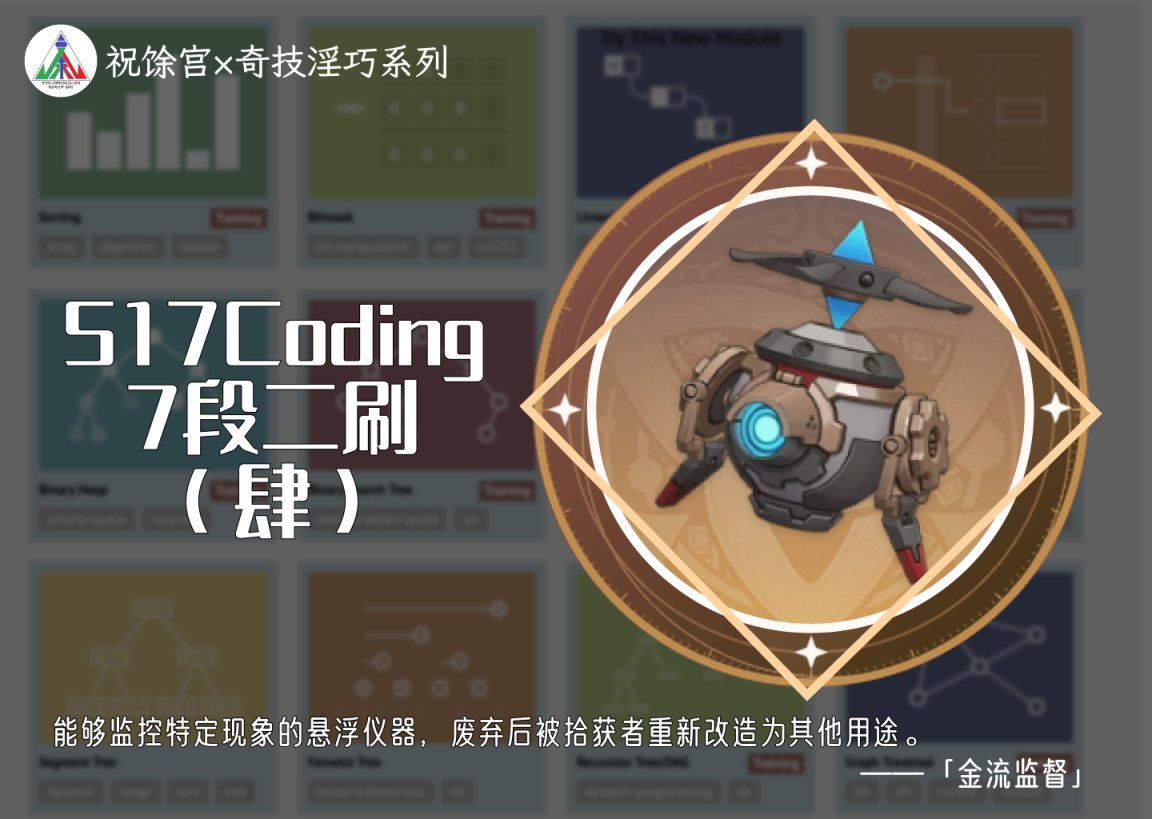1
2
3
4
5
6
7
8
9
10
11
12
13
14
15
16
17
18
19
20
21
22
23
24
25
26
27
28
29
30
31
32
33
34
35
36
37
38
39
40
41
42
43
44
45
46
47
48
49
50
51
52
53
54
55
56
57
58
59
60
61
62
63
64
65
66
67
68
69
70
71
72
73
74
75
76
77
78
79
80
81
82
83
84
85
86
87
88
89
90
91
92
93
94
95
96
97
98
99
100
101
102
103
104
105
106
107
108
109
110
111
112
113
114
115
116
117
118
119
120
121
122
123
124
125
126
127
128
129
130
131
132
133
134
135
136
137
138
139
140
141
142
143
144
145
146
147
148
149
150
151
| #include<bits/stdc++.h>
using namespace std;
typedef long long ll;
typedef pair<int , int > pii;
typedef unsigned long long ull;
namespace FastIO
{
template<typename T> inline T read(T& x) {
x = 0;
int f = 1;
char ch;
while (!isdigit(ch = getchar())) if (ch == '-') f = -1;
while (isdigit(ch)) x = (x << 1) + (x << 3) + (ch ^ 48), ch = getchar();
x *= f;
return x;
}
template<typename T, typename... Args> inline void read(T& x, Args &...x_) {
read(x);
read(x_...);
return;
}
inline ll read() {
ll x;
read(x);
return x;
}
};
using namespace FastIO;
const int MaxV = 2e5 + 10;
const int MaxE = 5e5 + 10;
template<int N, int M>
class Graph {
private :
struct Edge {
int to, nt, wt;
Edge() {}
Edge(int to, int nt, int wt) : to(to), nt(nt), wt(wt) {}
}e[M];
int hd[N], cnte;
public :
inline void clear() { memset(hd, 0, sizeof(hd)), cnte = 0; }
inline void AddEdge(int u, int v, int w = 0) {
e[++cnte] = Edge(v, hd[u], w);
hd[u] = cnte;
}
inline int head(int u) { return hd[u]; }
inline int nt(int u) { return e[u].nt; }
inline int to(int u) { return e[u].to; }
inline int wt(int u) { return e[u].wt; }
};
int n, m;
Graph< MaxV, MaxE << 1 > G;
int sta, stb;
inline void Input() {
read(n);
int u = -1, v = -1;
while(u != 0 && v != 0) {
read(u, v);
if(u == v) continue;
m++;
G.AddEdge(u, v);
G.AddEdge(v, u);
}
read(sta, stb);
}
int dfn[MaxV], low[MaxV], cntd;
stack<int >st;
int cntc, col[MaxV];
Graph< MaxV << 1 , MaxE << 1 >T;
void Tarjan(int u, int fa) {
dfn[u] = low[u] = ++cntd;
if(u == fa && G.head(u) == 0) {
col[u] = ++cntc;
return ;
}
st.push(u); int ch = 0;
for(int i = G.head(u); i; i = G.nt(i)) {
int v = G.to(i);
if(!dfn[v]) {
Tarjan(v, u);
low[u] = min(low[u], low[v]);
if(low[v] >= dfn[u]) {
cntc++; int now = 0;
do {
now = st.top(); st.pop();
col[now] = cntc + n;
T.AddEdge(now, cntc + n);
T.AddEdge(cntc + n, now);
}while(now != v);
T.AddEdge(cntc + n, u);
T.AddEdge(u, cntc + n);
}
}
else if(v != fa) {
low[u] = min(low[u], dfn[v]);
}
}
}
int vis[MaxV << 1];
inline int Bfs() {
queue<pair<int , int > >q;
q.push(make_pair(sta, 1e9));
vis[sta] = 1;
while(!q.empty()) {
pair<int , int >f = q.front(); q.pop();
if(f.first == stb) return f.second;
for(int i = T.head(f.first); i; i = T.nt(i)) {
int v = T.to(i);
if(!vis[v]) {
vis[v] = 1;
q.push(make_pair(v, v != stb ? min(f.second, v) : f.second));
}
}
}
return 1e9;
}
inline void Work() {
for(int i = 1; i <= n; i++) {
if(!dfn[i]) Tarjan(i, i);
}
int ans = Bfs();
if(ans > n) printf("No solution\n");
else printf("%d\n", ans);
}
int main() {
int T = 1;
while(T--) {
Input();
Work();
}
return 0;
}
|



